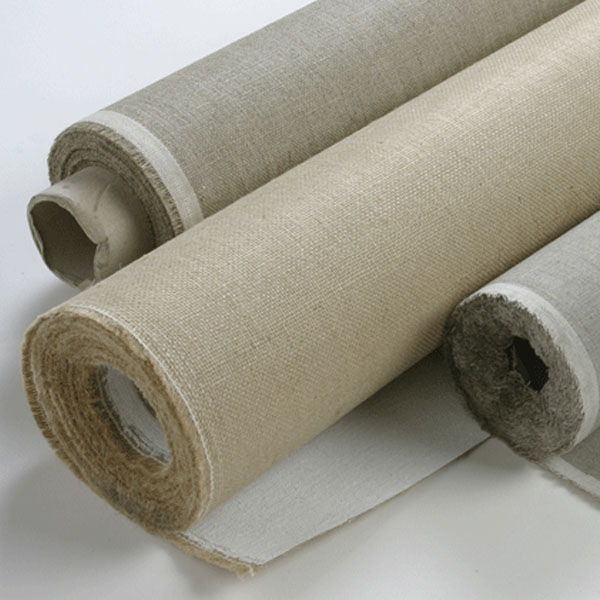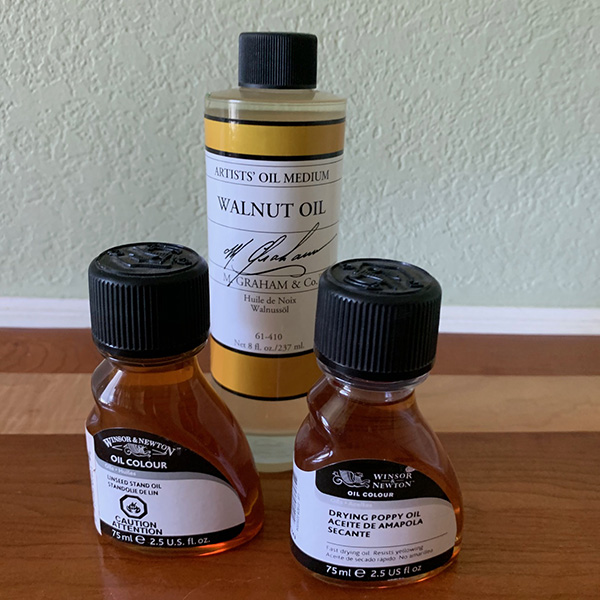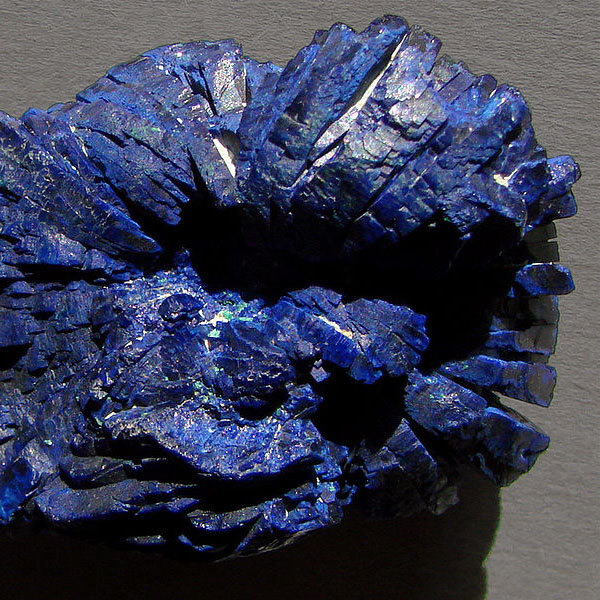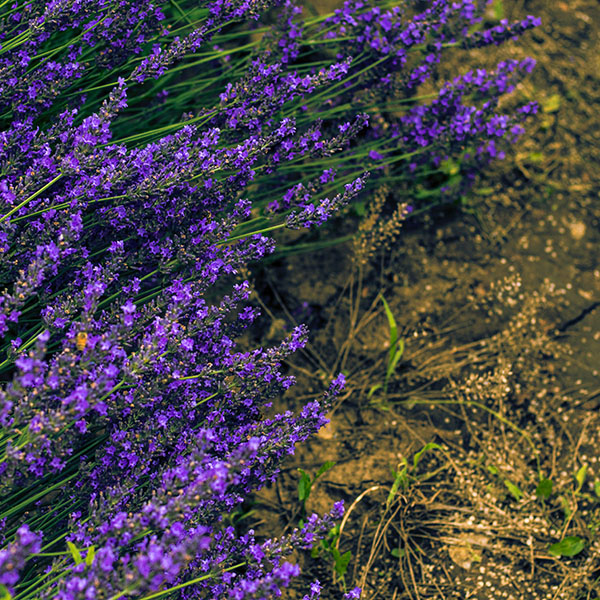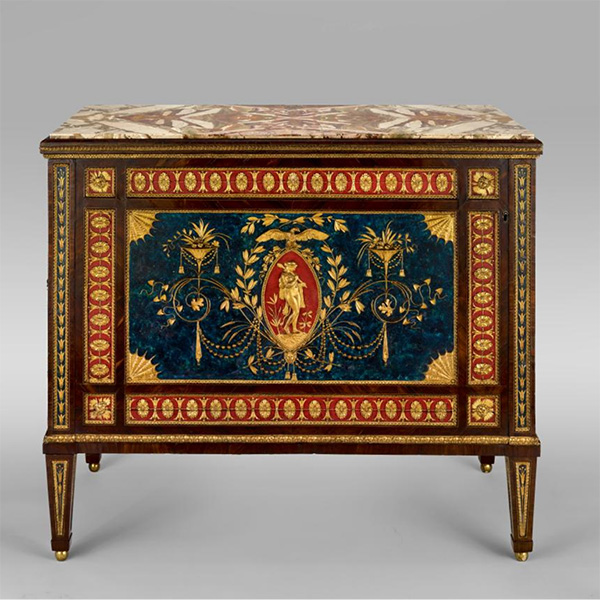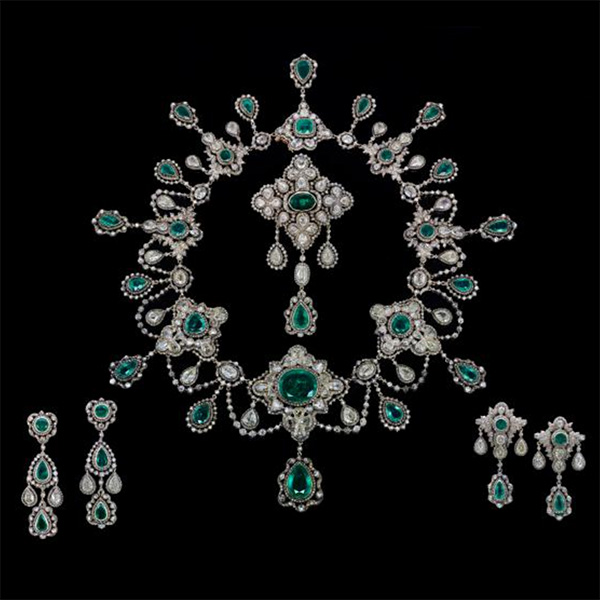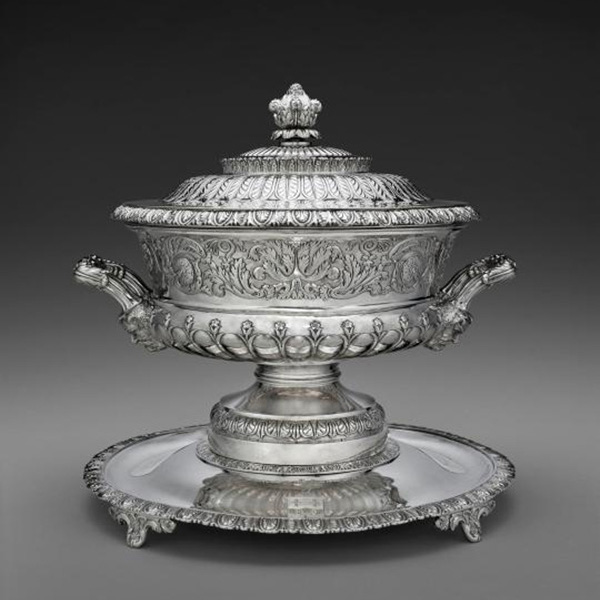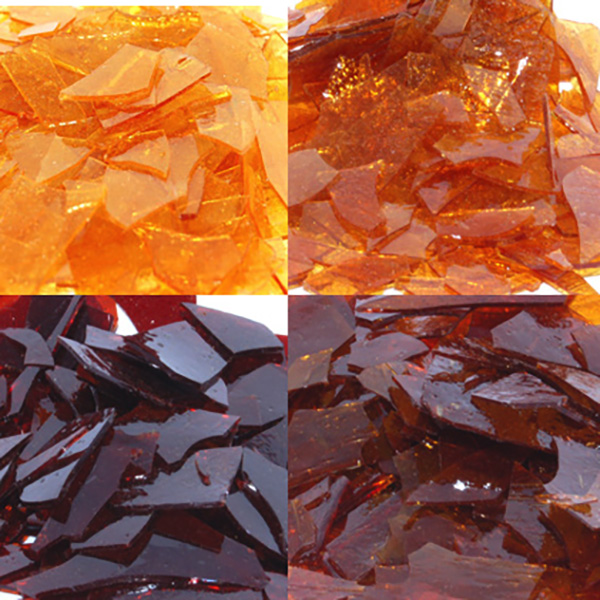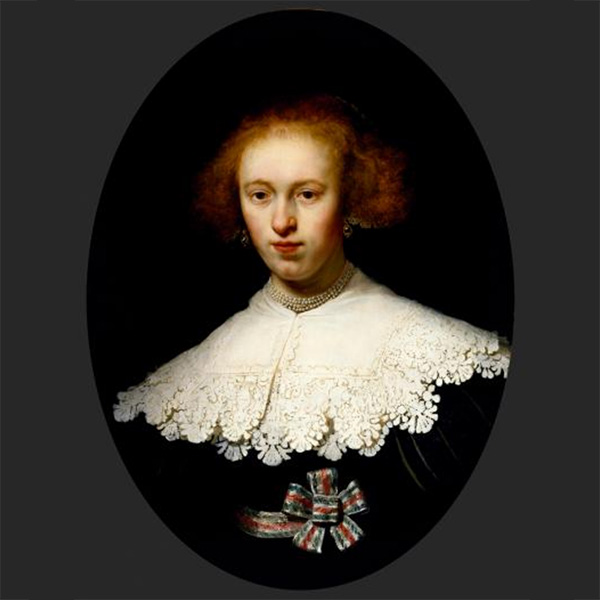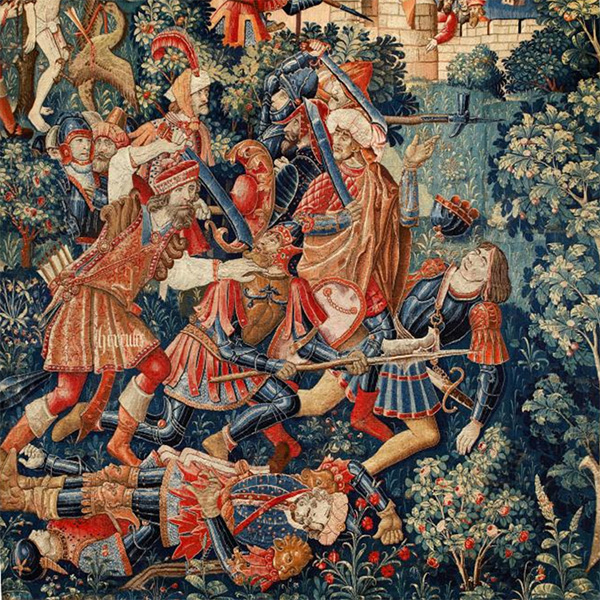The Anatomy of a Painting
Paintings are often one of the first types of art that comes to mind when one thinks about visiting a museum.They encompass a wide range of different techniques and materials. In a simple definition, a painting is anything in which a paint is applied to some support material to create an image, however loosely defined. We generally think of paintings as two-dimensional pictures, but in ancient Greece and Egypt, sculptures were often painted, and pottery such as that from ancient Greece is well-known for intricate images created by painting glazes onto ceramics which were then fired to create a lasting glass-like image. Furniture was also painted, but may have simply been coated with a drying oil or another coating such as a varnish,shellac or laquer without the addition of pigment. The technology of paints and various other types of coatings are highly related, regardless of whether the substance was intended to create an image or simply used as a coating.
In reality, paintings can be quite complex, consisting a number of distinct layers. At a minimum, a painting consists of two components: a support material and the paint used to cover that support. There may also be a ground layer, which if often but not necessarily white, to create a smooth surface on the support and to improve the application of the paint to the support. Gesso, which was originally calcite mixed with an animal glue, was commonly applied as a ground. Modern gesso is often based on an acrylic binder rather than animal hide glue and may also contain TiO2. The ground in turn may be coated with a paint layer to adjust the color and provide background tones to the overall painting.
On top of these layers, an artist might then apply an underdrawing composed in charcoal, ink or paint. This would be followed by painting the surface, but there could be many layers of paint built up one on top of another. Leonardo da Vinci is famous for the number of layers that he used in portrait paintings to achieve the desired skin tones. And once a painting was finished, it might have been coated with a protective layer, such as varnish. Not all artists used all of these different layers, and the preference may have been dictated by the time period in which the work was created.

Supports
Paintings can be done on any available support material, and a variety of objects over the past several millenia have been painted, even if the intent was not to create a pictorial, or even abstract, image. Understanding what the nature of the support material is crucial for the art conservators to be able to treat a painting.
The oldest known paintings were done on the rock walls of caves such as those at Lascaux, France and Altamira Spain. Some cave paintings date back over 40,000 years old. These first paintings were quite simple and sometimes abstract, sometimes simply with the artist creating pictures by blowing a mineral pigment powder through a hollow bone tube over his her hands when they were placed against the cave wall. Minerals such as chalk, iron oxides or charcoal were the first pigments used to produce these images. The pigments could simply be rubbed onto the surface of the stone, but some were mixed with animal fats to act as a binder.
Egyptian heiroglyphic carvings in tombs and temples were also decorated with bright colors, as were Greek statues that show traces of pigments indicating that they were once painted with bright colors, in contrast to our impression of them as being pristine white marble.
Many early Renaissance paintings were made on wood panels. The wood used was generally native to the area where the painting was made, so Italian paintings of the Renaissance were done on poplar, while those in northern Europe often employed oak. The backs of the wood panels used for paintings were generally not painted and so it is possible to examine them directly to determine the type of wood employed. A common problem with wood panels is that they are susceptible to expansion and contraction with changes in the humidity of the environment in which they are kept. This constant seasonal movement can lead to cracks in the wood, and it is not unusual to see paintings with cracks in them. Similarly, the paint itself cracks under the constant expansion and contraction, producing the characteristic craquelure that is often taken as a sign of the age of the work, although forgers have methods by which they introduce craquelure artificially into a painting. Wood also is limited by weight and size. As the works become larger, they can be extremely heavy, which made creating them on wood impractical. Shrinkage and cracking are not the only problems with a wood support. Wood is also susceptible to attack by insects that eat into the wood leaving noticeable holes. Beetles bore into wood on the back side of a painting and deposit eggs, which develop into larvae that then bore their way out of the wood, even through the paint layers.
Renaissance artists also painted on plastered walls producing frescoes for their wealthy patrons. These were commissioned for both private palaces as well as public spaces, including churches. The buon fresco technique involved painting water-dispersed pigments directly onto a thin later of wet plaster. Frescoes could also be made on dry plaster, but then the pigments require a binder to hold them to the surface. One of the most famous fresco paintings is the Last Supper by Leonardo da Vinci (ca. 1495-7). Unfortunately, Leonardo employed an untested technique for the painting. He emplyed oil paints on a complex set of underlayers, but it began to disintegrate shortly after it was completed and is now in poor condition. Fortunately, a full scale oil on canvas copy was made by Giampietrino in 1520 that now resides in the Royal Academy of Arts in London. Michelangelo used the traditional wet plaster method for his painting of the ceiling of the Sistine Chapel.
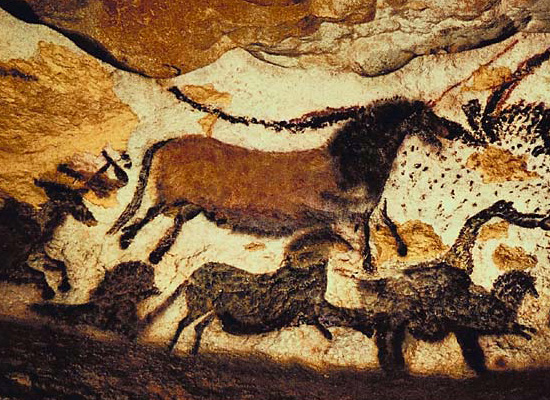
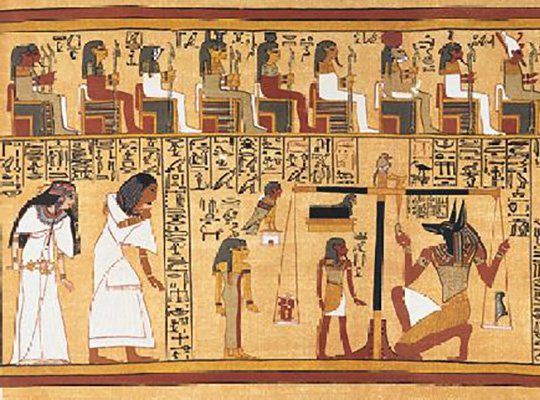
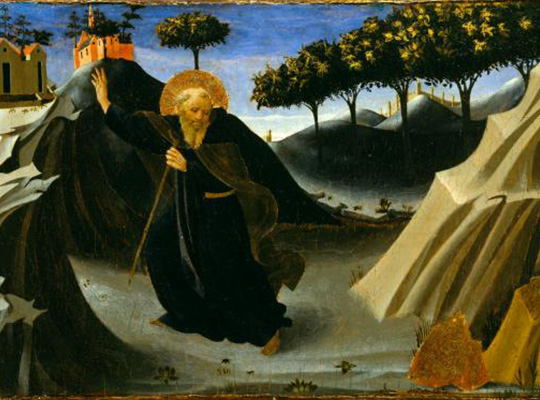
Metals were also used as support materials. Copper is easily rolled into smooth sheets and was routinely used for oil paintings, as in this example from Rembrandt van Rijn. Rembrandt was known to have painted five portraits on copper supports. As European paintings became larger, there was a need to find alternate support materials that were light weight and also less expensive. The choice for painters in Europe was to use canvas cloth, where oldest paintings on canvas date from the 15th century and canvas rapidly replaced wood and metal as the support material of choice. The canvas was first stretched over a wooden frame and then treated the same as a wood panel. Canvas was traditionally made from hemp but could also be produced from linen or cotton. By the time of the Impressionists, pre-stretched canvases that were already primed could be purchased from local art shops.
The Chinese had been painting on textiles well before this. The oldest Chinese paintings on silk are believed to have been made as early as 476 BCE. From China, the art of silk painting traveled to other Asian countries. In contrast to canvas, which is plant based, silk derives from silk worms and is a protein-based fiber. For a discussion of the chemical composition and properties of various textiles including cotton, linen, silk, wool, and various modern synthetics, click here.
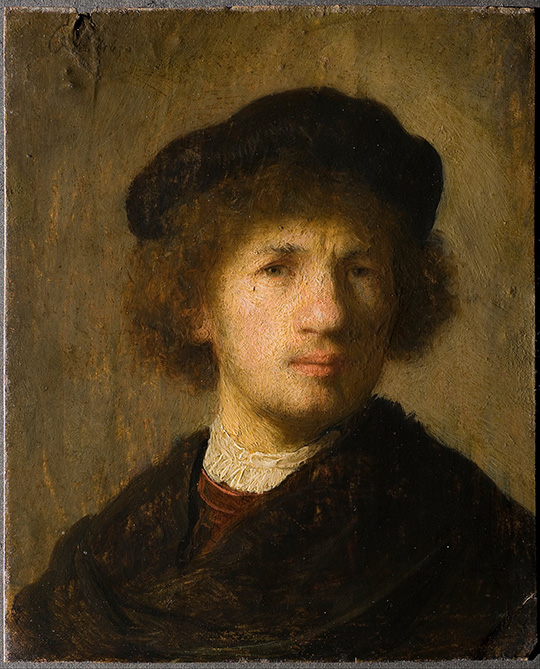

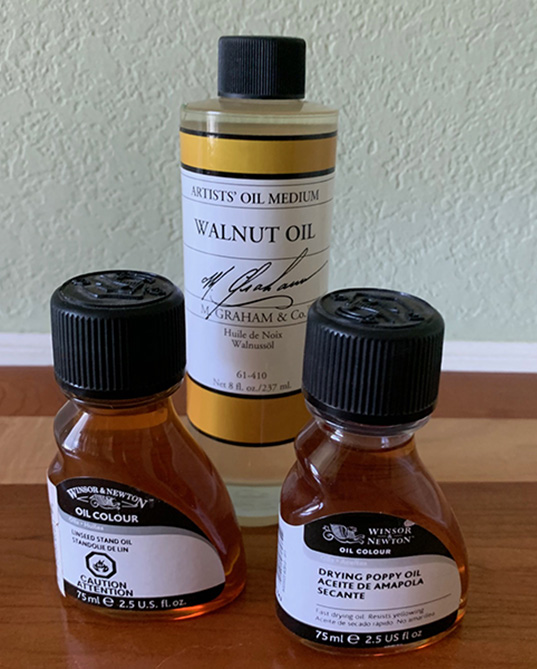
Paints
Paints are made of at least two components - a pigment to provide the desired color and a binder to hold the pigment to the support. The paint may also contain a vehicle, which helps with the application of the paint to the support. Water colors mix the pigment with gum arabic, which serves to bind the pigment to a paper support, and then the pigment is dispersed in water, which serves as the vehicle. Oil paints use a drying oil as a binder but may also contain a paint thinner such as mineral spirits or turpentine. Modern oil paints may have additional components to serve to make them dry faster or slower or to keep preserve them from degradation. Linseed oil is a common drying oil used for oil paints, but others are also employed including poppy seed and walnut oils. Oils do not 'dry' in the sense of the oil evaporating, but instead undergo a polymerization reaction to trap the pigment into a hardened layer. Please check out the page on binders for a more detailed explanation. More recently, other man-made organic polymers have been used as the binder. In the twentieth century, some artists began using house and automotive paints because they were readily available and could be purchased readily in bulk for large works. All of these new materials provide constant challenges for art conservators because, in order to conserve an painting, you must first know what it was made of.These include acrylics and alkyd paints, and their compositions are also discussed on the binders web page.
Pigments
Any substance that possesses a desirable color can be used as a pigment, dye or, in some cases, a glaze. Some are more colorfast and some have lower reactivity to other pigments or binders that make them better choices for works intended to last for posterity. If you study famous painters, you will discover that they each had their favorite set of pigments, referred to as thier palette, and these choices become characteristic of that particular artist. Some pigments also had special applications, such as lapis lazuli that was used for painting the robes of important religious figures such as the Virgin Mary.
Chemists classify pigments into two broad classes based on the chemical composition of the pigments and dyes: Inorganic Pigments and Organic Pigments. Organic pigments and dyes are carbon-based molecules, which were originally obtained as plant or animal extracts. Notable examples include Tyrian purple, Carmine red, Indian yellow, Organic molecules have hydrogen directly bound to carbon, which sets them apart from inorganic carbon molecules such as carbonate minerals, metal carbides, graphite, C60, etc. Some of these organic molecues are quite colorful, but many lack durability and decompose over time. In contrast, the first inorganic pigments were obtained by grinding up colored minerals and these have a tremendous lasting power. Both classes have expanded over time as people developed an understanding of chemistry, and new man-made pigments have been developed. Since art conservators know when various pigments were created and used in paintings, the analysis of pigments can help determine the time period in which a painting was created, or perhaps when a restoration touched up areas of the painting with more modern options.
The Origin of Color
In order to fully understand the origin of color in pigments, we need an understanding of some biology, physics and chemistry. First, we need to understand that color derives from our ability to detect certain wavelengths of light. This is both a function of the light itself and our eyes, which detect that light. When you were young, you may have done the simple experiment of passing sunlight through a triangular prism. The prism produces a rainbow because the different wavelengths of light that comprise sunlight are bent to different degrees as they pass through the prism. If the opposite sides of a piece of glass are parallel, then no separation of color is observed because the different wavelengths of light get recombined into white light. Regardless of the wavelength of light, each wavelength is traveling at the same speed. Another term used to describe light is frequency, and the wavelength (represented by the Greek letter λ) multiplied by the frequency (denoted by the Greek letter ν) is equal to the speed of light, which is conventionally given the symbol c. Thus we can write c = ν × λ. But even though the speed of of light (E = each wavelength is the same, the energy is not. Energy is directly proportional to the frequency of the radiation, E = ℎ × ν. We can also write that the energy is inversely proportional to the wavelength, E = (ℎ × c)/λ). As physicists discovered the properties of light, they found that the visible spectrum that we see is only a small part of a much larger electromagnetic spectrum.


Our eyes, however, do not act as a prism and they are limited to seeing only the visible part of the electromagnetic radiation spectrum. They are complex organs that have evolved over time to permit us to distinguish some different wavelengths of light. Interestingly, other animals' eyes have evolved to view a different portion of the spectrum. Bees, for example, do not see into the red wavelengths but they are able to observe ultraviolet wavelengths that we cannot.
The retina of the eye contains two different types of specialized structures - rods and cones. Rods are very sensitive to visible light but they cannot distinguish color. Cones, on the other hand, are less sensitive but have been developed into three types that allow us to distinguish different wavelengths, as seen in the figure for the red, green, blue cones and the rods. It is the underlying biology of these structures in the eye that makes the color wheel and the complementary color system used in Art work the way it does. Vision, however, does produce a simple 'photographic' image, and the brain employs short cuts with already stored images. How the brain processes these signals is not completely understood but is actively studied by neuroscientists. Optical illusions take advantage of the way the brain processes its signals to achieve their sometimes astonishing affects. But each individual sees color somewhat differently.
Colorblindness is one condition where an individual has cones of one or more particular types that do not respond to the intended wavelengths of light. The most common type is red-green color blindness, in which the individual cannot easily distinguish red and green objects, and the second most common is blue-yellow.
When visible light strikes an object, there are several things that can happen to the light. If the object is colorless, most of the light will simply pass through the object. If that object has flat faces, then some of the light can be reflected off the surface. But if an object has color, some of the light striking the object will be absorbed. The color an object appears will arise from the light that is not absorbed.
White is unique because it arises from the reflection of all light from colorless crystals. While a macroscopic crystal appears colorless abd transaparent, that same substance ground to a fine powder will appear white because of light scattered from many small crystallites. Similarly, a colored pigment will appear lighter in color the more finely it is ground. The coarseness has another effect. A smooth surface will appear shiny, while a rought surface will appear to have a mate finish also because of the diffuse scattering of light.
Black pigments are black because they absorb all wavelengths of visible light.
Because the result of color mixing is different for transmitted and reflected light, it is divided in two classes: additive and subtractive. Subtractive color is the process of mixing different paints to produce a new color. The individual pigments subtract, or absorb, certain colors from the the light that is reflected to the eye. This is the basis for the CMYK color system used in ink jet and laser printers. In printers cyan, magenta, yellow and black inks are mixed to produce the full range of colors. Black is necessary here because mixing pigments rarely produces a true black color. On the other hand, when light of different colors is mixed, additive color results. This means that the wave pattern for each of these wavelengths of light are added to each other to achieve the color we see. This is the basis for RGB projectors, where RGB stands for the red, green and blue lights that are combined to produce the full color spectrum. For an RGB projected image, black is the absence of light, while white is the presence of all wavelengths of the visible spectrum.
But visible light is not the only electromagnetic radiation that interacts with matter. The entire spectrum of radiation displays such interactions, and each particular wavelength can be used to probe the structure and properties of the materials, even though these interactions are invisible to the naked eye. Scientific instruments and techniques have been developed that allow us to learn a tremendous amount about what materials were used and how they were manipulated. You can learn more about these techniques here.

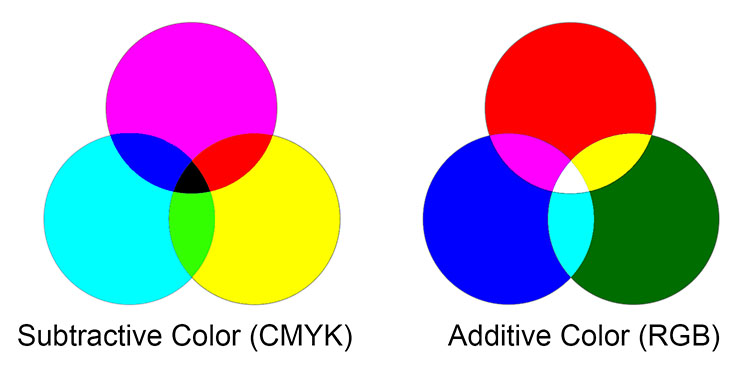

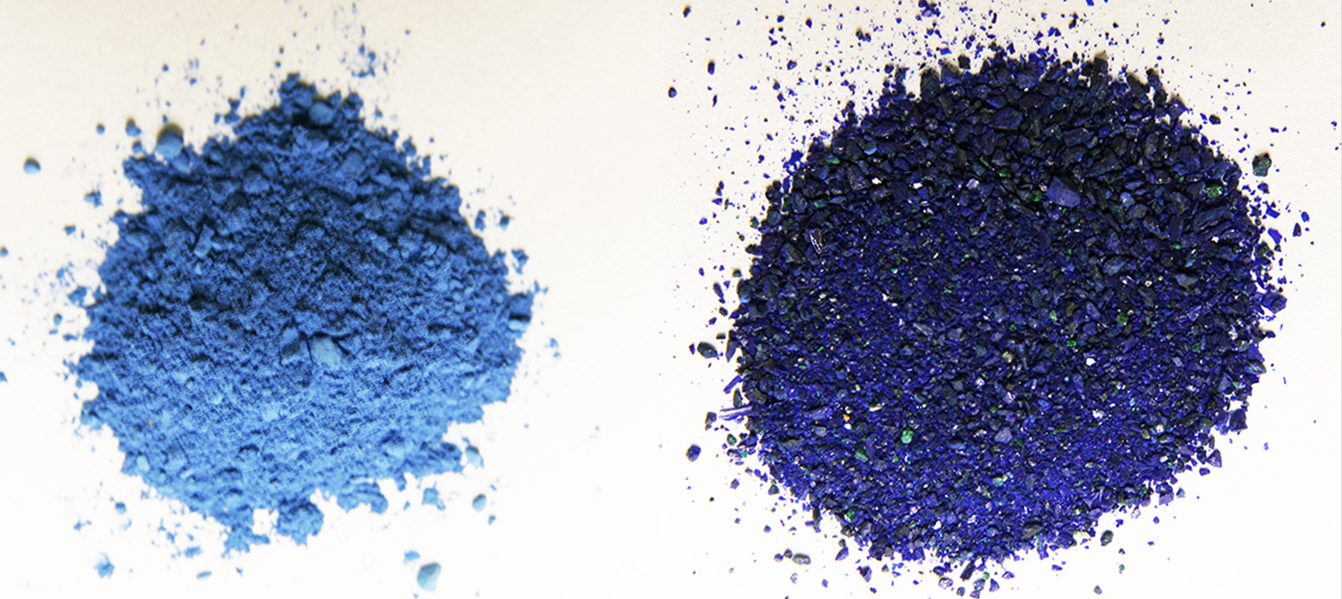
Additional Resources
- An interactive analysis of the The Feast of the Gods, a painting by Bellini and altered by Dossi and Titian, from the National Gallery of Art, Washingston, DC.
- Pigments fromwww.webexhibits.org.
- A timeline of pigments from colourex.com
- A history of pigments from pigmenthistory.blogspot.com.
Credits for the Header Image
- A Festoon of Roses hanging from a Blue Ribbon, with Butterflies and Insects, Christian Luycks, Flemish (c. 1623 -1653), Oil on Panel, from the Museum of Fine Arts Houston, Gift of LInda and Ronny Finger, Public Domain.
- The Gendarme, Frederick Remington, American (1861-1909), Watercolor, ink, and gouache on paper, 1889, from the Collection of the Museum of Fine Arts Houston, THe Hogg Brothers Collection, gift of Miss Ima Hogg, Public Domain.
- Nymphéas (Water Lilies), Claude Monet, French (1840-1926), Oil on Canvas, from the Collection of the Museum of Fine Arts Houston, Gift of Mrs. Harry C. Hanszen, Public Domain.
- Saint John the Evangelist, Giovanni Battista Berucci, Italian (1465-1516), Tempera on panel, 1512-1516, from the Collection of the Museum of Fine Arts Houston, Sarah Campbell Blaffer Foundation, Houston, Public Domain.
- A Windmill, Thomas Girtin, British (175-1802), Watercolor and graphite on paper, ca. 1800, from the Collection of the Museum of Fine Arts Houston, Public Domain.
Department of Chemistry

Houston, TX
6100 Main St., Houston, TX 77005-1827 | Mailing Address: P.O. Box 1892, Houston, TX 77251-1892 713-348-0000 |


